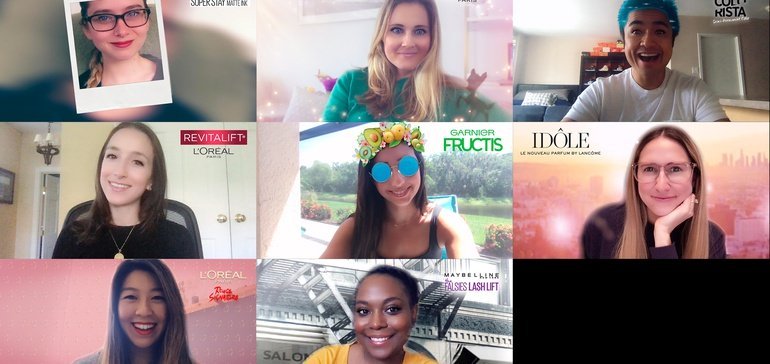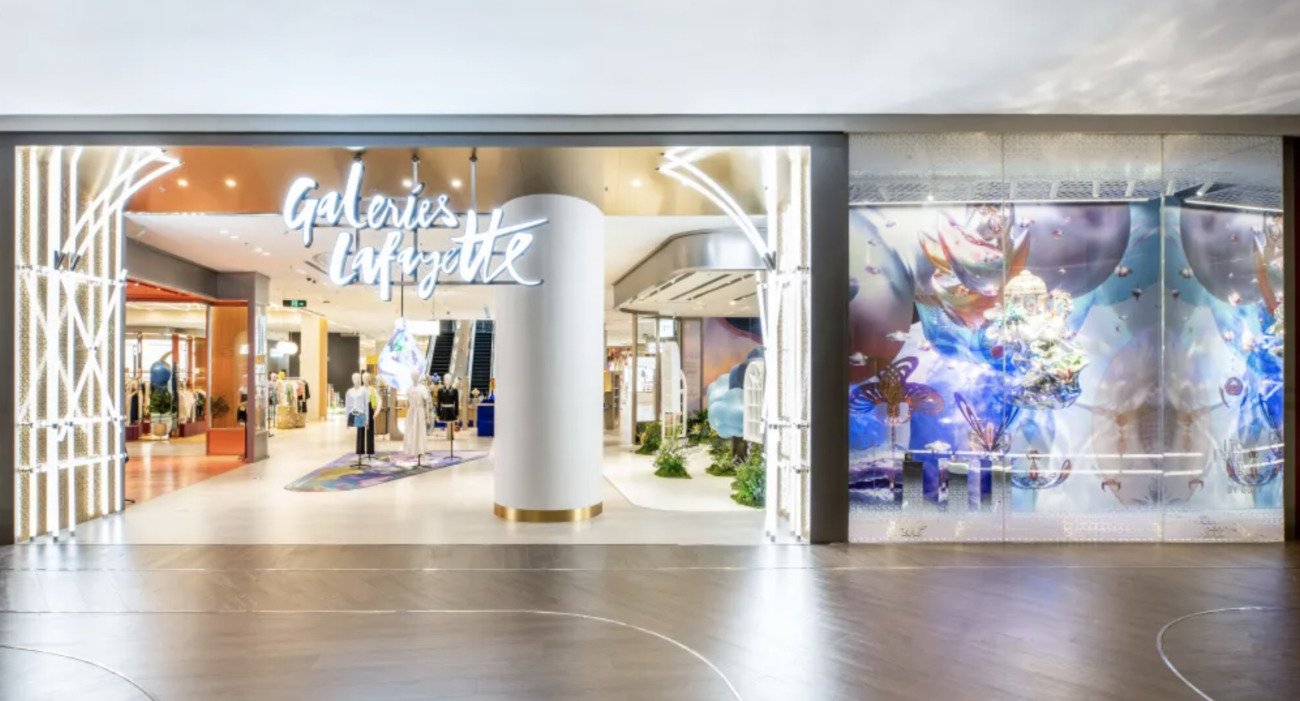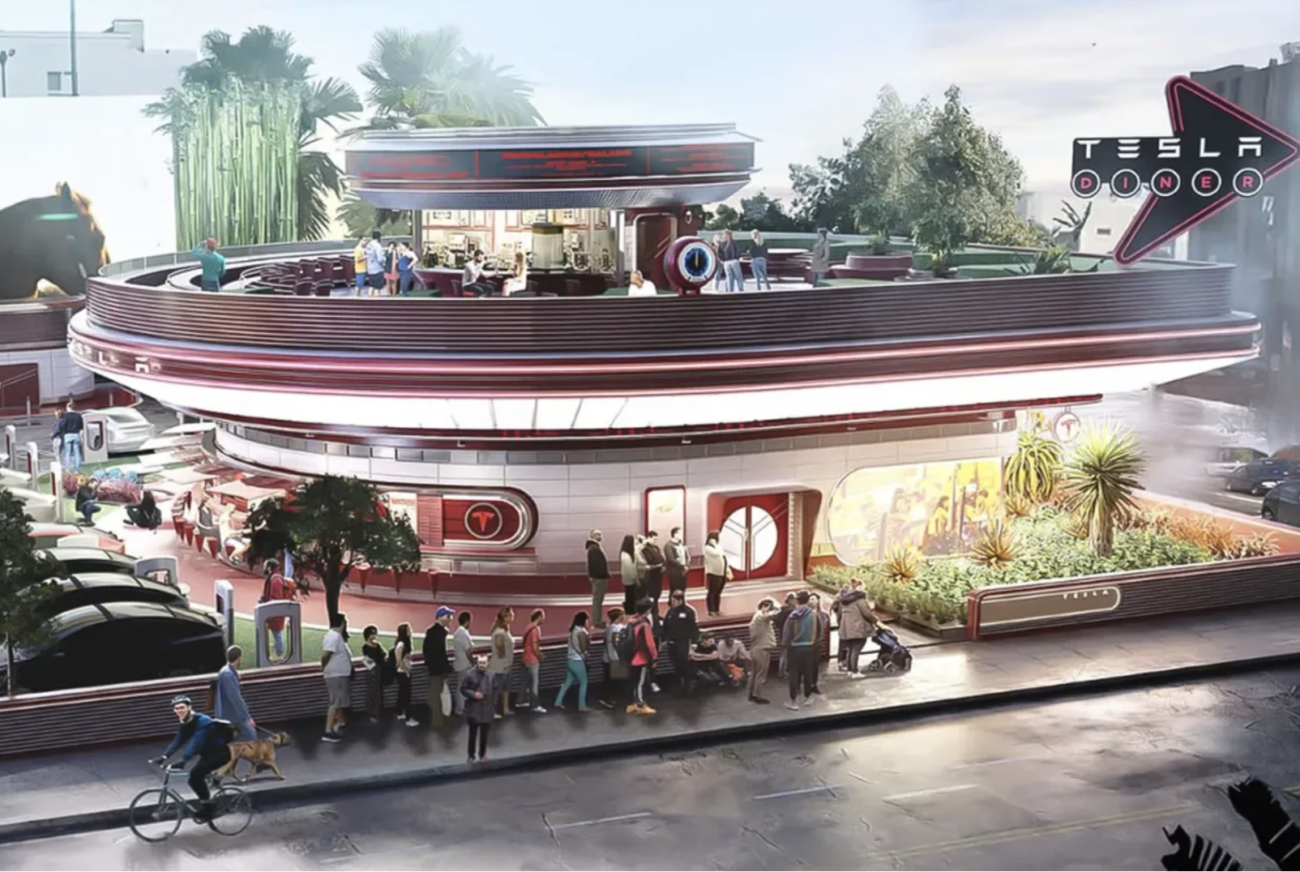L’oreal Beautifies Video Conferencing with AR
L'Oréal USA on Monday released the first beauty augmented reality lenses for Snap's desktop app, letting customers virtually try on looks from brands such as Garnier, Lancôme, L'Oréal Paris and Maybelline. The eight branded lenses

L’Oréal USA on Monday released the first beauty augmented reality lenses for Snap’s desktop app, letting customers virtually try on looks from brands such as Garnier, Lancôme, L’Oréal Paris and Maybelline. The eight branded lenses are featured in a “beauty” area on Snap Camera’s opening page, per an announcement shared with sister publication Mobile Marketer.
L’Oréal’s AR looks include product categories such as hair color, makeup, fragrance and skin care, and are available to Snap Camera users worldwide for the next week. Snap Camera is free to download for Windows and Mac computers, and is compatible with users’ “preferred video-conferencing platform.”
Snap has seen a 30-fold increase in daily downloads of Snap Camera. After installing the app, users of videoconferencing software can select “Snap Camera” from the menu of video sources to decorate their chats with AR lenses, including those from L’Oréal, per its announcement.
L’Oréal’s AR lenses are notable for being the first branded beauty experiences on Snap’s desktop platform, as opposed to its Snapchat mobile app that has 229 million users worldwide. With millions of consumers relying on video calling software like Zoom to stay connected with friends, family and colleagues during the coronavirus lockdowns, L’Oréal can help them add some whimsy to their conversations with its selection of branded AR lenses.
The surge in Snap Camera usage can help L’Oréal to extend the reach of its campaign as people decorate their video calls with its branded content. Beauty brands like L’Oréal need to maintain a strong presence as the pandemic leads to a significant shift in sales of cosmetics and personal care products. While skin and hair health have become more important among homebound consumers, makeup and fragrances have faced challenges. Prestige beauty sales in the first quarter fell 14% year over year to $3.6 billion, with makeup falling 22% from last year to $1.4 billion, according to NPD Group data emailed to Retail Dive. Online sales of makeup rose 18% during the period, helping to offset the decline in store sales. Until the pandemic subsides, it’s important for beauty brands to maintain visibility in their digital sales channels.
L’Oréal has long embraced AR technology to engage consumers with branded content. The beauty giant two years ago acquired Modiface, the maker of AR software for virtual makeup try-ons, and has since adopted the platform in a variety of campaigns. L’Oréal in December integrated the technology with Google Lens, the search giant’s image-recognition app, to let shoppers virtually try on hair coloring from its Garnier brand. Color&Co, L’Oréal’s brand for at-home hair coloring, added similar AR technology from Modiface to its website in September. Virtual try-on services had urged consumers to buy more of L’Oréal’s makeup and hair color products, The Wall Street Journal reported last year.
For Snap, the L’Oréal campaign is a chance to show off the AR features of its desktop app, which may help to drive more downloads as users of video calling software seek to add immersive or entertaining content to their calls. Snap mostly depends on its Snapchat mobile app for revenue, but the surge in videoconferencing is an opportunity to extend its presence on desktop. Snap has continually sought to expand its range of branded experiences and ad formats, including this week’s rollout of non-skip takeover commercials that appear before video programming in the image messaging app.
Via RetailDive
 English
English





